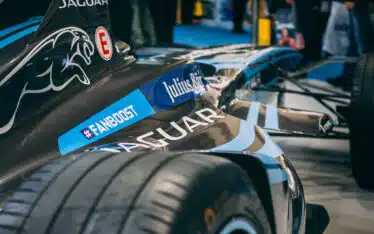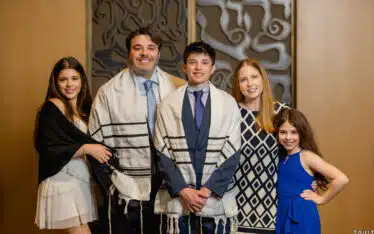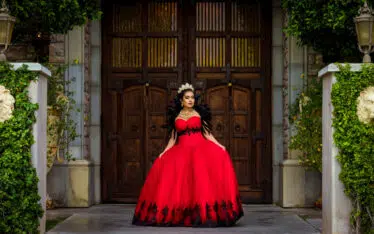Taking photographs at nightclubs and other venues can be fun and rewarding. You can capture some artistic shots, and unique moments, such as discovering an emerging band/DJ. It’s also a good way to provide memorable images for parties and celebrations that are held in restaurants and nightclubs. But there are some challenges when you shoot at such venues, like crowds, dim lighting, and finding the right settings for your camera. Let’s dive into some helpful tips.
Get to Know the Venue
Each venue is a little different. The space, number of people, and lighting will all contribute to your approach. Ideally, you should visit the place or at least learn as much about it as possible before the time of the shoot. This will ensure that you bring the right equipment. Many venues have a very different atmosphere depending on the time and day of the week. In particular, pay attention to:
- Size of The Venue – There may be multiple rooms or areas that will each require different settings.
- Crowd Size – This of course, may differ depending on the time of day, or special events.
- Lighting – If you’ll be shooting performers, pay particular attention to stage lighting, which may include strobes, backlighting, and various color lights.
What Type of Camera is Best?
When you’re in a nightclub, you want to have the right kind of camera for maximum comfort and convenience as well as one that has the appropriate settings. Since you may be in a crowded space, a lightweight compact model is best. But you’ll also want a camera that is efficient in low-light settings.
A full-frame DSLR camera is a good choice and one that will serve you well for many types of photography, nightclubs included. Look for a model that gives you high ISO settings, which allow you to take better photos in low-light environments.
ISO settings can be as low as 100, which is a typical base setting for a modern DSLR camera. Settings may go as high as 6400. In a dim room such as a nightclub, ISO 1600 often produces the best results. Keep in mind that you don’t want to set the ISO any higher than necessary as this produces a grainy effect.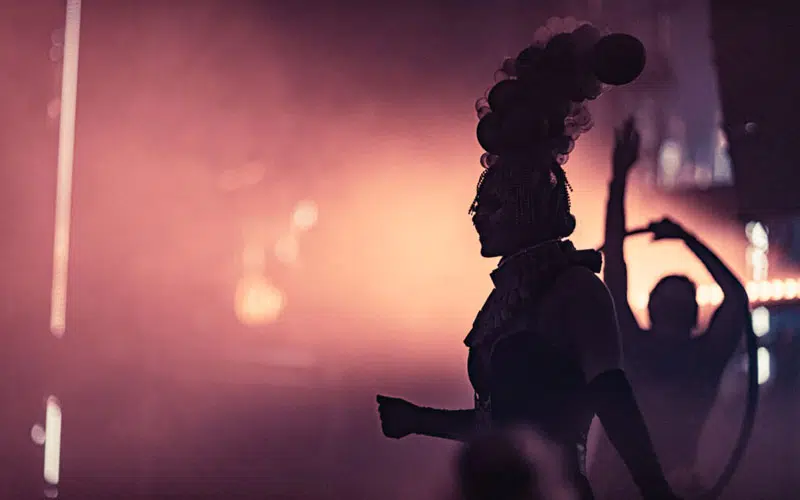
The lens you use is just as important as the camera. Your best choice for a nightclub is a lens with a fast aperture, which is essential for low-light shooting. When choosing a lens, you need to look at the F-stop number, which stands for focal length. Examples of f-stop settings are f/1.4, f/2, and f/8, with lower numbers indicating a wider aperture. For a low-light setting, you are looking for a wide aperture. Anything above f/2.8 will tend to produce dark photos if there isn’t much light available.
You also have to consider your distance from subjects. It’s handy to have a zoom lens for situations when you can’t get too close to the stage. If possible, take a few lenses with you so you’re able to take shots from different angles and distances. A wide-angle lens is good when you want to take shots of a large room.
Useful Accessories for Nightclub Photography
In addition to having the appropriate camera and lenses, the following accessories can help you take better nightclub photos.
- A UV filter to protect your lens from being elbowed or hit by peoples drinks as you go through the crowd. Better to lose $100 filter than a $500+ lens.
- A lens hood, which shades the front of the lens to reduce glare. This is especially useful for backlit subjects. It also protects your lens from being hit by attendees.
- Flash diffuser — Attaching a flash diffuser to a flashgun helps to create a softer effect by diffusing the light. Though lighting techniques will vary, it’s best to try various styles to find what you like best.
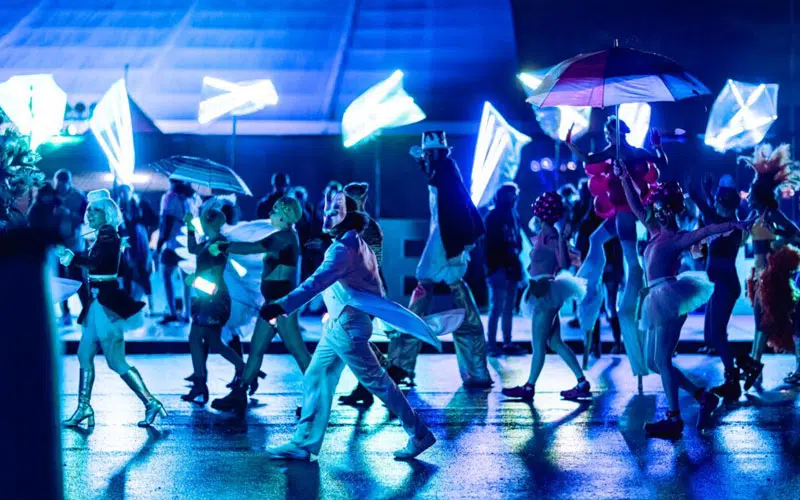
While we’ve discussed the need for a camera and lenses that work in low-light conditions, nightclubs often present more complicated challenges. Lighting may change abruptly during and in between performances. There may be colored lights such as red, green, or purple. Flashing strobe lights are also a possibility. Some clubs have retro-style disco ball lamps that produce multicolored effects. These can pose challenges to even experienced photographers as the results aren’t always predictable.
You should learn to adjust your settings for different types of lights. For lighting such as blue or purple, higher ISO settings will prevent the photos from coming out too dark. Red lighting is often the most challenging as it can produce a red cast that permeates the whole photo. One trick is to use a filter to alter the color balance. A blue filter works well to counteract the harshness of red lighting.
What about strobe lighting? It’s always challenging to shoot with these bright bursts of light all around you. It can be difficult to time the shutter with the lights. Using burst mode can help, as you’ll have multiple photos and you can choose the best ones. A shutter of around 125 seems to do good with strobes while you’re shooting on burst.
Because nightclub lighting can be so unpredictable, it’s often best to use manual settings for your camera. Use flash in a non-intrusive manner. Using direct flash will disturb performers. However, if you use an off-camera flash, you can bounce the light off the ceiling. Another option is a hot shoe flash, which usually has an adjustable head. It’s best to consult with the club owner about their policies regarding flash photography.
Shoot in RAW Format
Choosing JPEG or RAW format will have a major effect on how your photos come out. While JPEG images are compressed, a RAW file captures uncompressed data. RAW files are quite a bit larger than JPEGs, which means you need ample storage. However, the results will be better suited for nightclub photos.
While JPEG is suitable for many purposes, it’s not ideal when your photos are likely to require significant editing. A RAW file gives you a chance to make any necessary edits later, such as issues caused by lighting and exposure which are common in club settings. In particular, RAW files allow you to adjust highlights and shadows in the post-processing stage.
Use Reliable Editing Software
As noted, shooting in RAW format makes editing easier. It’s also helpful to use high-quality editing software that will help you improve the quality of your photos. Many photographers use Adobe Lightroom for editing nightlife photos. This program makes it easy to adjust sharpness, color, highlights, and other features. It has a handy brush tool that’s perfect for removing glare and other flaws commonly found in nightclub photos.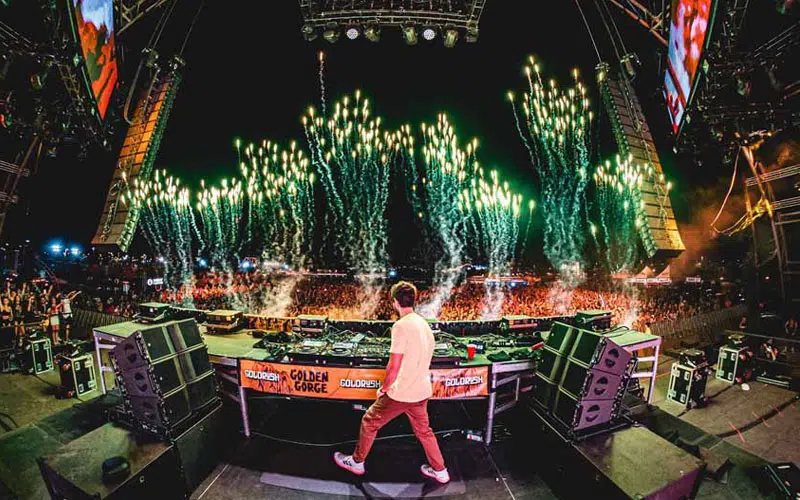
You can use your own judgment and preferences for choosing the best shots. Here are some suggestions for interesting nightlife subjects.
- Outside of the Club – Where people congregate, are entering or leaving. Also, good opportunity to get some signage shots of the venue.
- DJ’s – DJ’s are usually very animated and can provide for some great shots interacting with the crowd, or working with their equipment.
- The Crowd Inside – People dancing, eating/drinking, walking around, and watching or interacting with the performers.
- Staff – Delivering food and drinks. Bottle service presentations.
- Performers – On stage or carrying instruments in and out of club. Dancers if the club has any.
Learn to Take the Best Nightlife Photos
Nightlife photography has always been popular and there are endless choices for exciting locations to shoot. Whether you capture an up-and-coming DJ at a local club or a world-famous act, you can capture unique moments that will let you build up a portfolio. Keep practicing and you’ll learn how to make the most of every situation. For inspiration check out some of our nightlife/nightclub photography (link: https://tavitsphotography.com/photography/nightlife-photography/).



